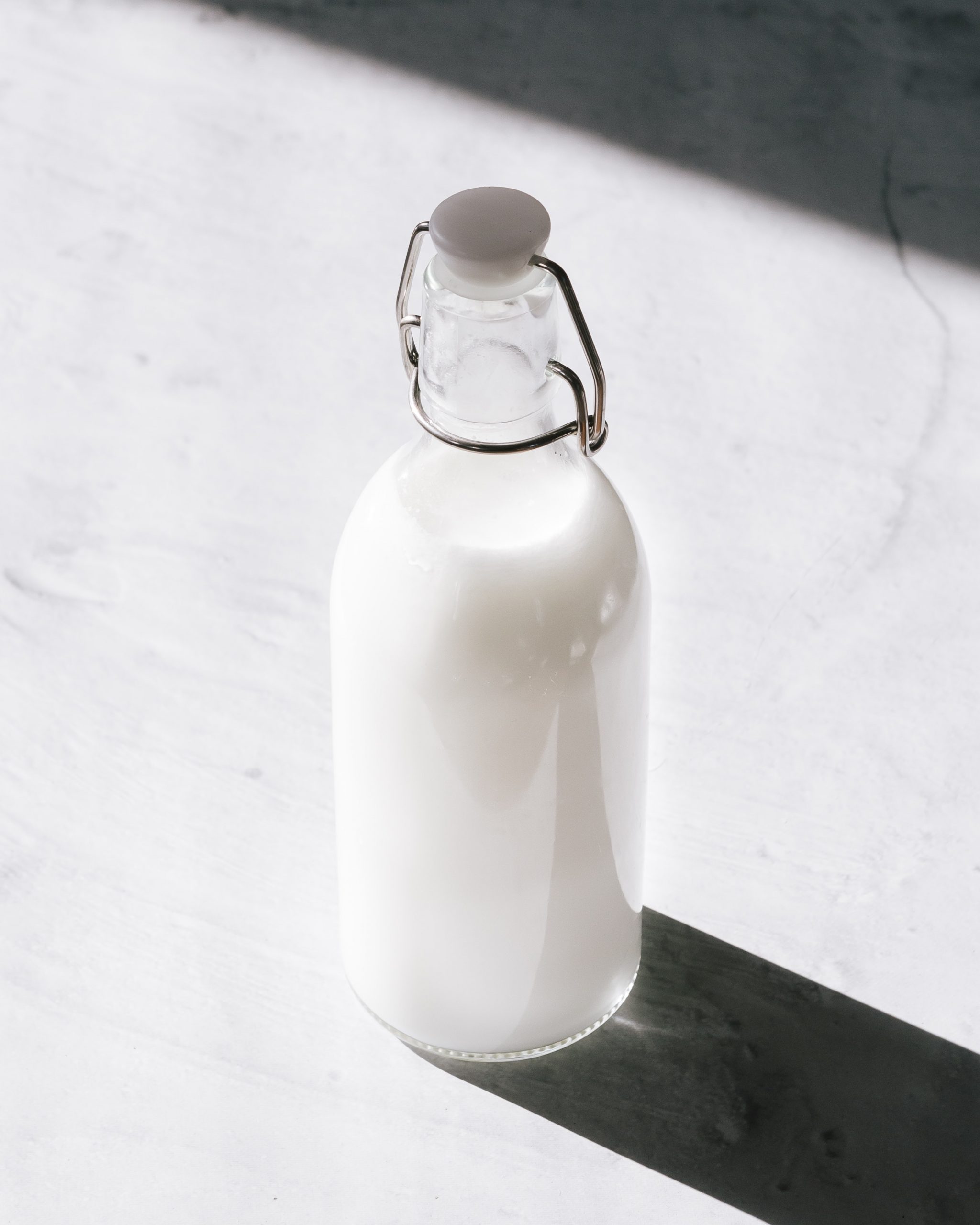Articles
Understanding Milk Urea Nitrogen
What is milk urea nitrogen (MUN)?
Milk urea nitrogen (MUN) is a measure of the nitrogen in the form of urea found in milk and is closely related to blood urea nitrogen (BUN) and urinary nitrogen excretion. MUN is also one easily measured indicator of how the dairy cow is utilizing dietary crude protein.
What’s the difference between milk urea nitrogen (MUN) and milk urea (MU)?
Much of the information relating to the level of urea nitrogen in milk reported in the USA refers to MUN although levels reported in New Zealand, Australia and Europe typically refer to milk urea (MU). It is important to understand which measure you are using as MUN measures the nitrogen content of the milk urea only and consequently is greater than MU. To convert MUN to MU, simply divide by 0.466.
What are the units of measure?
Internationally MUN is usually measured in mg/dl. In New Zealand MUN and MU are often measured in mmol/l. MUN (mg/dl) x 0.1668 = MUN (mmol/l) MUN (mg/dl) ÷ 0.357 = MU (mmol/l)
Sources of milk urea
Some of the protein consumed by a dairy cow is degraded to ammonia by the rumen microbes. The microbes then use this ammonia along with fermentable carbohydrates to produce microbial protein, a valuable source of good quality protein for the dairy cow. Excess ammonia which cannot be used by the rumen microbes is absorbed across the rumen wall, transported to the liver and converted to urea. This urea then circulates in the blood (BUN) with some of it being recycled in the saliva and the excess excreted in the milk (MU) and urine.
An indicator of protein nutrition of dairy cows
American data reports MU levels of around 21 to 30 mg/deciliter as normal for cows fed a well-balanced diet. Testing of bulk milk urea concentration in Australasia found level of MU to vary between 8.5 and 37.2 mg/dl. If MU or MUN levels are high this can indicate that cows are possibly wasting feed protein and excreting nitrogen into the environment. If levels are low, it is possible that there is not enough nitrogen or protein available for rumen microbial production and subsequently milk production and milk protein yield.
High levels of crude protein in lush pasture will increase the amount of protein consumed and consequently the amount of ammonia produced in the rumen. If there is insufficient fermentable carbohydrate available for the rumen microbes to utilise this ammonia, high BUN and MU levels may be the result.
Effect of high MUN on fertility
A number of researchers have reported a negative effect of high dietary crude protein, and especially readily degradable crude protein, on fertility in dairy cows. Although a number of other factors can affect fertility and should not be overlooked when addressing poor fertility on farm, high MU levels have been correlated with reduced fertility.
Other factors affecting MU
MU levels are influenced by factors other than nutrition, including the age and breed of the cow, the stage of lactation, bodyweight and milk production as well as sampling time. However, if you regularly monitor the MU values for your herd, it is possible to monitor the effect of changes in feeding and feeding management in your herd.






